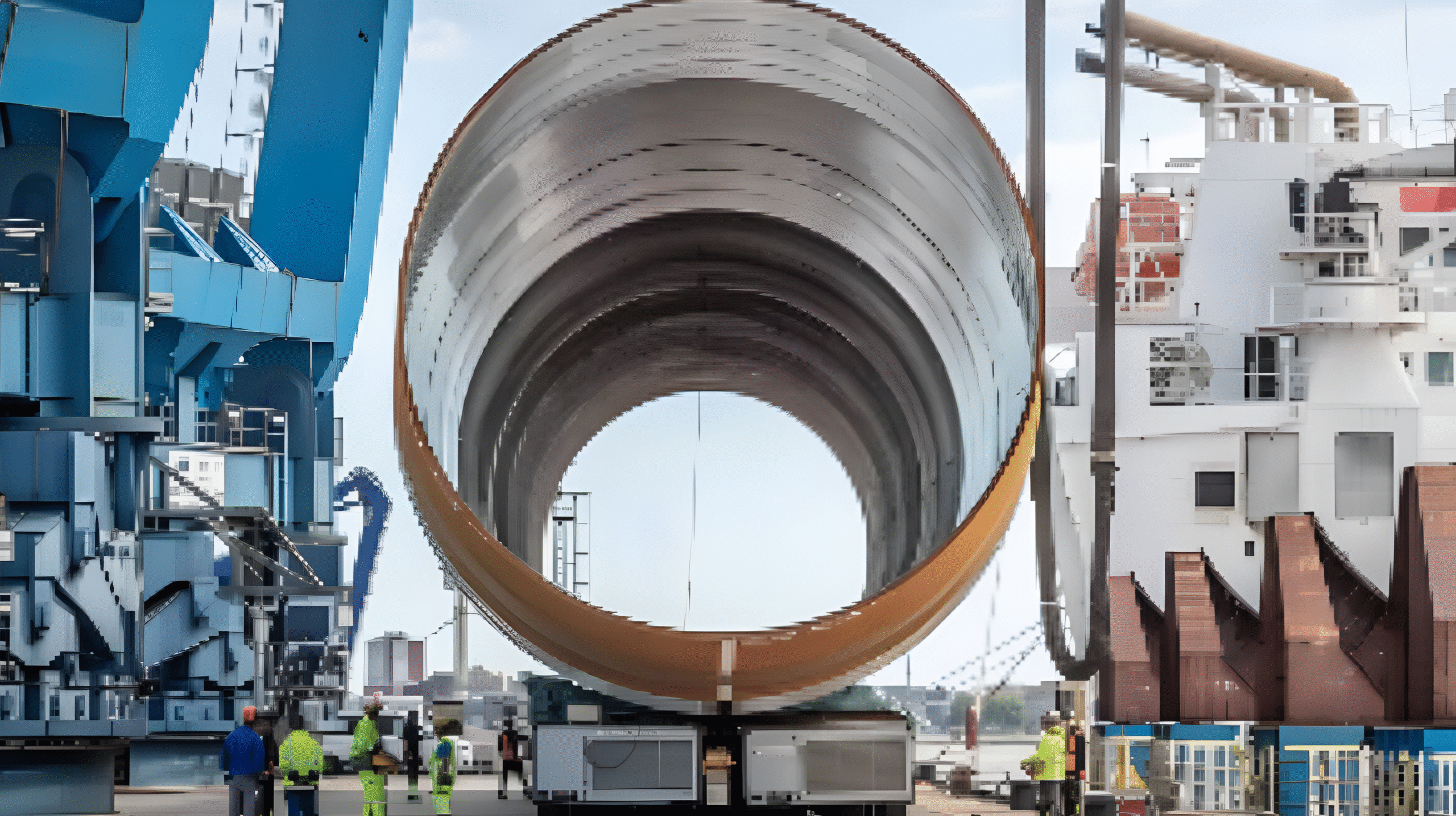Skyborn Gennaker Offshore Wind Farm Secures All Major Contractors
The Skyborn Gennaker Offshore Wind Farm has reached a defining milestone as Skyborn Renewables (Skyborn) confirmed all major contractor agreements for the 976.5 MW Gennaker Offshore Wind Project — set to become Germany’s largest offshore wind farm in the Baltic Sea.
The signing of Preferred Supply Agreements (PSAs) during the summer of 2025 marks a turning point for Germany’s renewable industry, bringing momentum back to a sector that had slowed in early 2025.
A Boost for Germany’s Offshore Wind Ambitions
Germany, with more than 9.2 GW of offshore wind capacity, has been a clean energy leader in Europe. However, the first half of 2025 saw no new turbines connected to the grid — raising concerns about national climate goals.
Now, the Skyborn Gennaker Offshore Wind Farm is reviving optimism, ensuring progress toward Germany’s Net Zero 2045 vision.

Skyborn CEO Patrick Lammers said:
“We are extremely proud of the agreements we’ve signed with Gennaker’s suppliers. These experienced contractors will help deliver Gennaker on budget and on schedule, bringing real benefits to Mecklenburg-Vorpommern through jobs, investments, and decarbonization.”
He added his gratitude to the Skyborn team for bringing the Gennaker project one step closer to reality.
Major Contractors Powering the Gennaker Offshore Wind Project
Skyborn has assembled a lineup of world-class engineering and energy partners to deliver this record-setting wind farm efficiently and sustainably.
Monopile Foundations – EEW SPC
The Preferred Supply Agreement for 63 monopile foundations has been awarded to EEW Special Pipe Construction GmbH (EEW SPC).
Each monopile is up to 54.1 meters long, with a 7.5-meter top diameter, and weighs up to 877 tonnes.
The monopiles will be manufactured in Rostock, just 40 kilometers from the project site, strengthening the local Mecklenburg-Vorpommern economy and supporting over 1,000 employees at EEW SPC.
A ceremony at EEW SPC’s facility in Rostock marked the milestone, celebrating Gennaker’s role in securing local employment and supply chain resilience.
Transition Pieces – Dajin Heavy Industry
Dajin Heavy Industry will provide 63 transition pieces, each about 20 meters tall and weighing 400 tonnes.
Production will start in Penglai, China, and final assembly will occur in Odense, Denmark, showcasing the project’s international collaboration.
Foundation Transport & Installation – Seaway7
Seaway7 has been chosen for the transportation and installation of monopiles and transition pieces, ensuring precision and efficiency in the offshore construction phase.
Inter-Array Cables – Boskalis and TKF
A consortium of Boskalis and TKF will handle the supply and installation of 140 kilometers of inter-array cables.
These cables, manufactured in Eemshaven, Netherlands, will connect Gennaker’s turbines to offshore substations, forming the electrical backbone of the project.
These PSAs follow earlier deals for turbine supply and service with Siemens Gamesa Renewable Energy and turbine transport with Fred. Olsen Windcarrier, completing Skyborn’s full roster of top-tier contractors.
Local Jobs, Global Impact
The Skyborn Gennaker Offshore Wind Farm represents more than clean power — it’s an economic driver for northeast Germany.
By manufacturing major components in Rostock, the project creates hundreds of skilled jobs, boosts the regional supply chain, and injects new life into the Mecklenburg-Vorpommern economy.
Located 15 kilometers north of the Fischland-Darß-Zingst peninsula, the Gennaker site lies in a priority offshore wind zone in the Baltic Sea.
Skyborn secured the building permit in May 2019, maintaining exclusivity for full-scale development.
When completed, Gennaker will supply enough clean electricity to power hundreds of thousands of homes, reinforcing Germany’s leadership in offshore renewable energy.
Skyborn Gennaker Offshore Wind Farm: A Blueprint for Europe’s Green Future
Set for commissioning in 2028, the Skyborn Gennaker Offshore Wind Farm will add 976.5 MW of new capacity to Germany’s renewable energy mix.
At a time when several European wind projects are facing challenges, Gennaker showcases Skyborn Renewables’ resilience and strategic leadership.
CEO Patrick Lammers summed it up:
“This is not just a step forward for Skyborn — it’s a leap forward for Germany’s clean energy transition.”
Conclusion: Skyborn Gennaker Offshore Wind Farm Lights the Path to 2045
The Skyborn Gennaker Offshore Wind Farm stands as a symbol of engineering innovation, economic opportunity, and environmental progress.
By combining global expertise with local manufacturing and employment, Skyborn is redefining how Europe builds sustainable offshore energy projects.
As Gennaker moves toward completion in 2028, it sets a powerful example for future offshore wind energy projects across Europe, driving the continent closer to a carbon-free future.



